How To Safely Eradicate Hazardous Materials From Your Old Home For Good
Topic:
Remodel Old Home
When you bought your home, the seller’s disclosure gave a clean bill of health regarding lead paint, and there was no mention of asbestos or any other hazardous materials. The home inspection during the buying process confirmed this.
So, nothing to worry about when it comes to hazmat, right? Not so fast. With older home renovations, hazardous materials can be discovered during the renovation demo phase, requiring specialized removal and adding to the renovation timetable. Before starting a renovation, it is a great idea to have a plan in case you discover hazardous materials.
What You Need to Know About Asbestos and Lead Paint
Asbestos
You may be familiar with asbestos found around heating pipes, or in old siding. But there are a LOT of other places asbestos can show up. An insulating material, you can find it on older blown-in insulation. If renovation uncovers insulation that looks like small pebbles (called vermicular) this might contain asbestos. Vermicular came in bags back in the day, and homeowners would just spread that stuff around. Now we know that was a terrible idea. That stuff needs to go.
Asbestos can also be found in what are known as VCT floor tiles. Often tiles are loose and have to be sent to the lab to test for asbestos. It is also found in siding materials, often with a faux-wood shake appearance. Since asbestos is also a fire retardant, it might also be found in 3 x 5 sheets above your aging furnace. Many popcorn ceilings are a type of plaster that was shot from a spray gun to give a ceiling a pebbled appearance.
So basically, in an older home, there are many places for asbestos to show up. A good contractor will be able to identify these materials and suggest a course of action to remediate. It is important not to handle asbestos remediation on your own, as it is very dangerous to your health without proper training and equipment.
Lead Paint
Lead paint was banned in the United States in 1978, but of course there are many homes older than that here in New England. Inside the home, it can be found on wall surfaces, plaster, and wood trim and doors. On the exterior of the home, it is found on the siding and the exterior trim and doors. If it is a paintable surface that pre-dates 1978, it might have lead paint.
By law today, homes that are older than 1978 must be tested for lead paint. Painting over or otherwise getting rid of lead paint often happens in stages. It is not uncommon to find it in only one room in a home as repainting and renovation happens over time, but not every single surface is remediated. If lead paint is found, those who live in the home should get a blood test to find out if they have lead poisoning.
Again, it is important to have trained, licensed, and certified professionals do the removal of lead paint. Our process is rigorous and ends in a series of cleanings, wiping any flat surfaces and disposing of all plastic and other materials where lead chips or particles may have dropped during renovation. As a last step, we vacuum with a HEPA filter and test the area to confirm it is lead free.
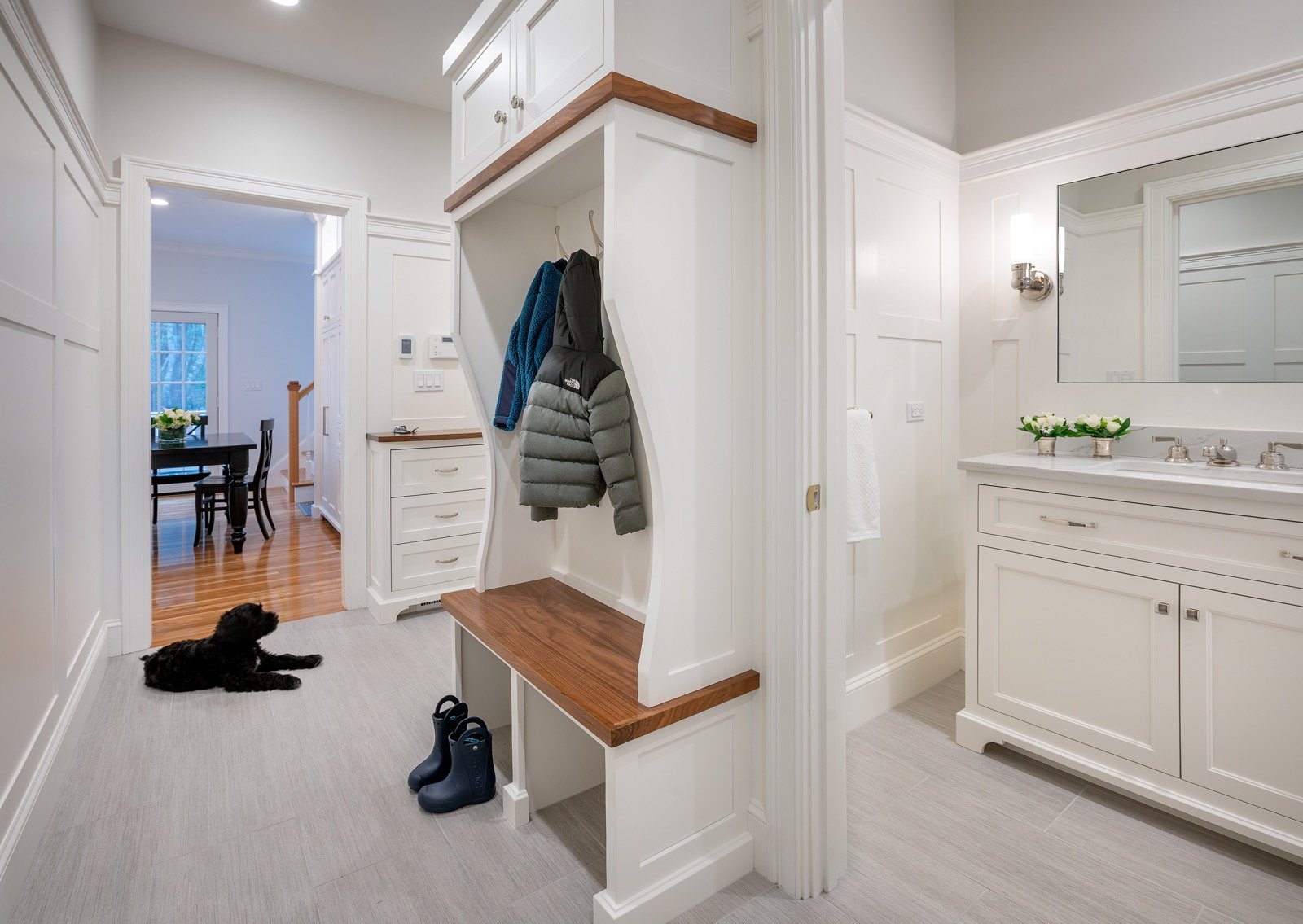
Understanding Mold and Radon
Asbestos and lead paint are hardly the only hazardous materials to be aware of. Two other common concerns for home buyers and homeowners considering a renovation are mold and radon. Here are some basics to know about each.
Mold
If you are seeing mold, it likely means you are already late to the remediation party, so do not ignore it. Mold is often found where moisture is not supposed to be, in basements and attics, on walls near a ceiling or around windows, and in bathrooms with poor ventilation.
If left unseen and ignored, black mold is the most extreme and dangerous potential outcome, but no mold is good mold. Special contractors must be used to mitigate mold contamination. Let’s go a bit deeper into where mold can be found and how to get rid of it.

When you find mold anywhere, the first step is to hire a mold remediation contractor, and the second step is to find why the mold is being allowed to grow. If you see mold on walls, you might need to remove some of the plaster or drywall where mold is visible to see what the framing looks like.
The cause of mold might also be from problems on the roof. For instance, ice dams in a hard New England winter can cause water damage. Ice damming happens because the heat is escaping on the inside of the home due to poor insulation over the wall cavity, causing moisture to drip down the wall into the insulation. The damage starts in attic spaces, and can then be found on walls and ceilings throughout the home. When you see stains in your ceiling, that is often just the tip of the iceberg. To reduce the risk of ice dams you need to insulate the attic and be sure it is properly vented.
You also might have mold because of high ground water in the basement which gives that area a high moisture content.
Whatever the cause, fixing leaks and lowering moisture levels is the top priority, then removing moldy materials. To get rid of surface mold and stop it from growing back, a spray is often used on framing before drywall and finish materials are reapplied.
Radon
A serious cancer-causing agent, radon is also one of the simpler hazmats to remediate.
It is most frequently discovered in the air in the basement. If you see a pipe running from the cement slab with a bulbous portion just above the slab, that is where the radon fan is located. The fan directs radon gas through the pipe and safely outside the home.
You may also see the vent pipe attached outside the home when radon is discovered during a home sale transaction. New home construction requires the piping to be installed for radon mitigation.
If you have well water, you also want to test it regularly for radon. Where airborne radon requires a fan for remediation, waterborne radon requires an expensive water filtration system.
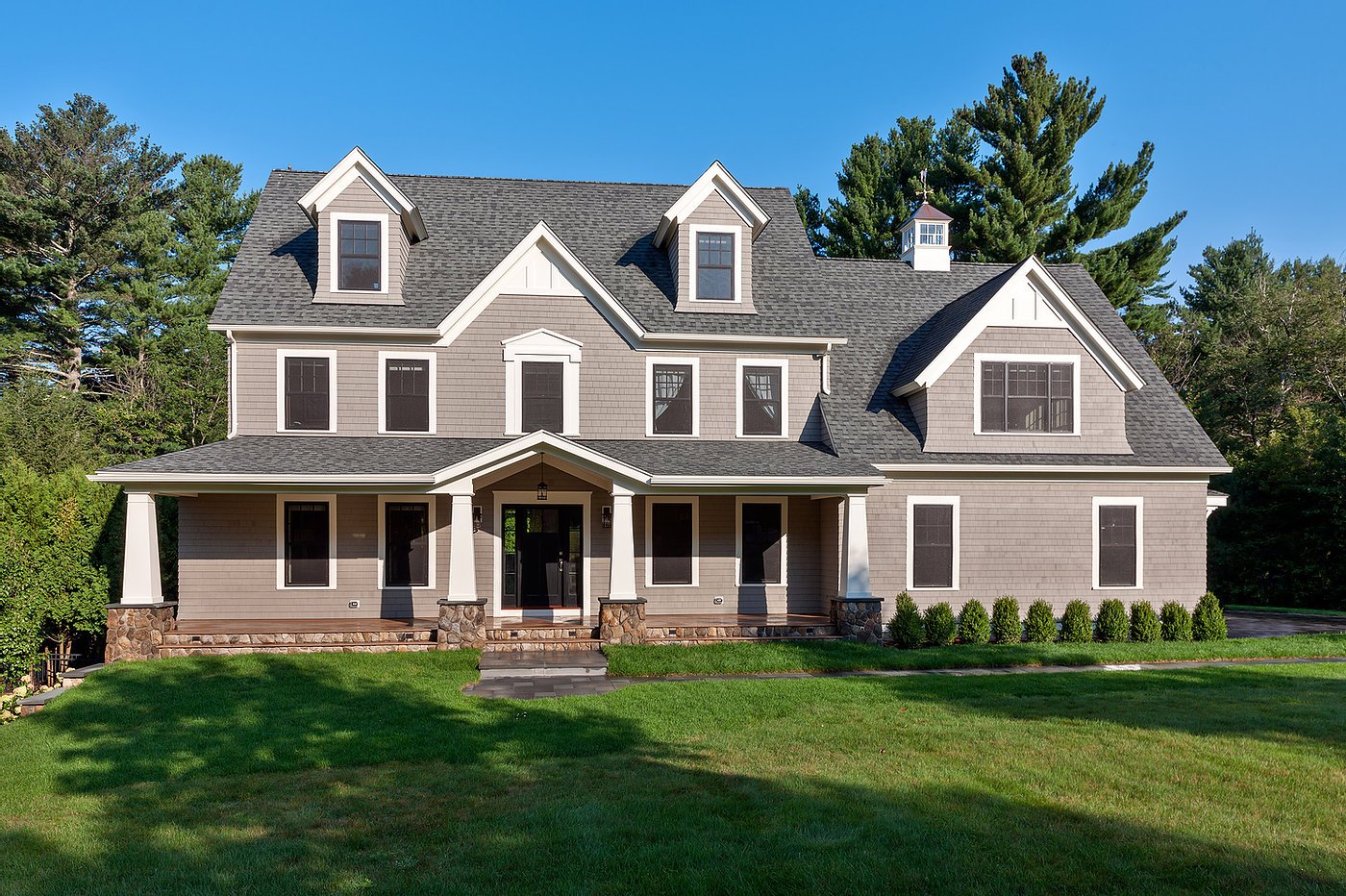
Finding the Right Contractor to Locate and Mitigate Hazardous Materials
The state of Massachusetts does not mess around when it comes to regulating the removal of asbestos or any of the hazardous materials we’ve covered here. That is why it is so important to find a renovation partner who knows the risks of these materials and knows how to properly and legally remove them.
Training and in some cases licensure is needed to remove hazardous materials. A good home renovation company will also have home maintenance services which can help identify the risk before a remodeling project is out of the idea stage.
Having hazardous materials in the home is a health risk for all of its occupants. It is important to discover if it exists in the home and properly mitigate it. Experience in dealing with hazardous materials matters.
Mitchell Construction Group has many years of experience and the resources to address your safety as the top priority during a home renovation.
To learn more about home remodeling, especially when it comes to an older home, please read our eBook, “The Top 12 Things to Know Before Remodeling an Old Home.” And if you are ready to speak about renovating your older home, please schedule a home renovation discovery session.






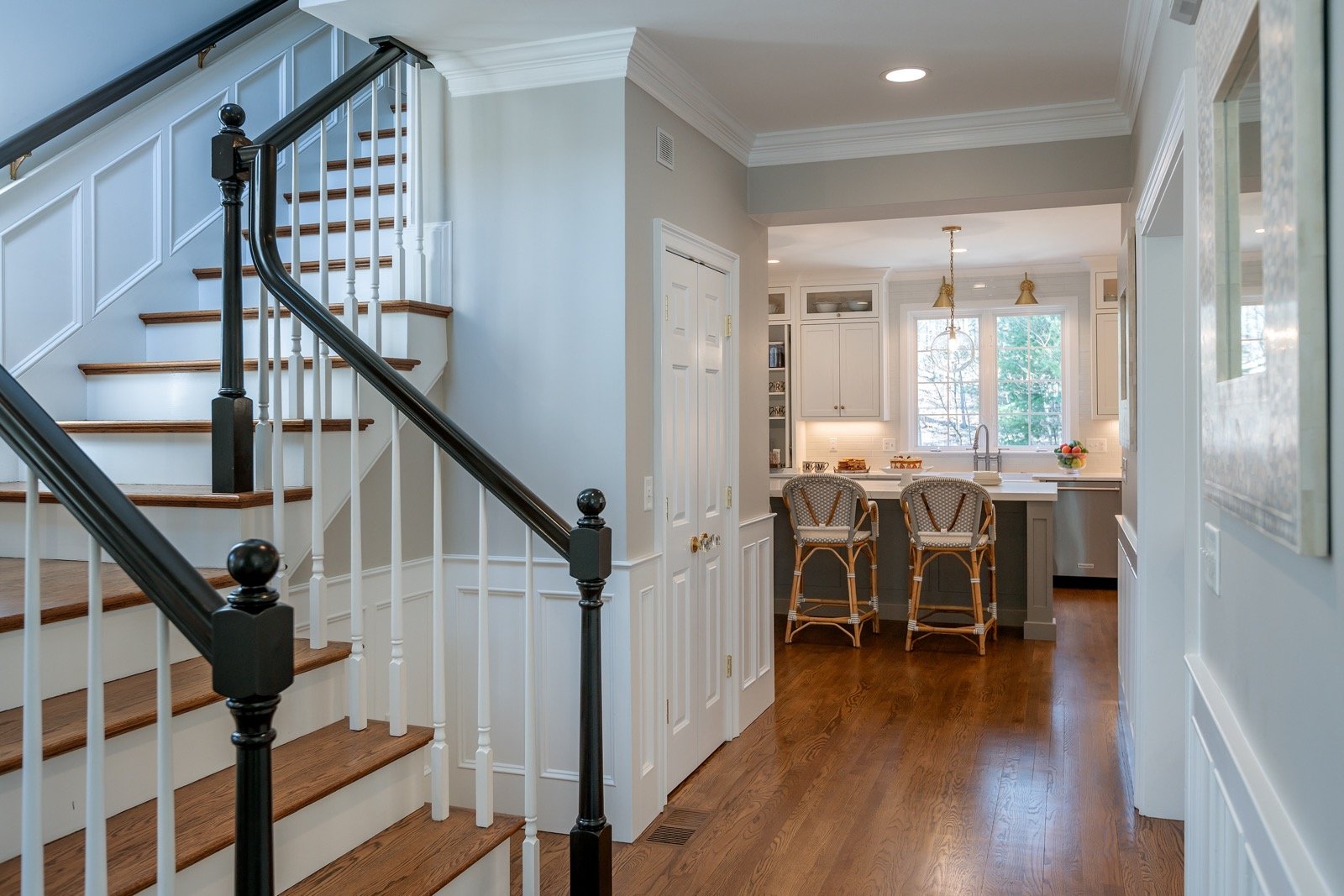
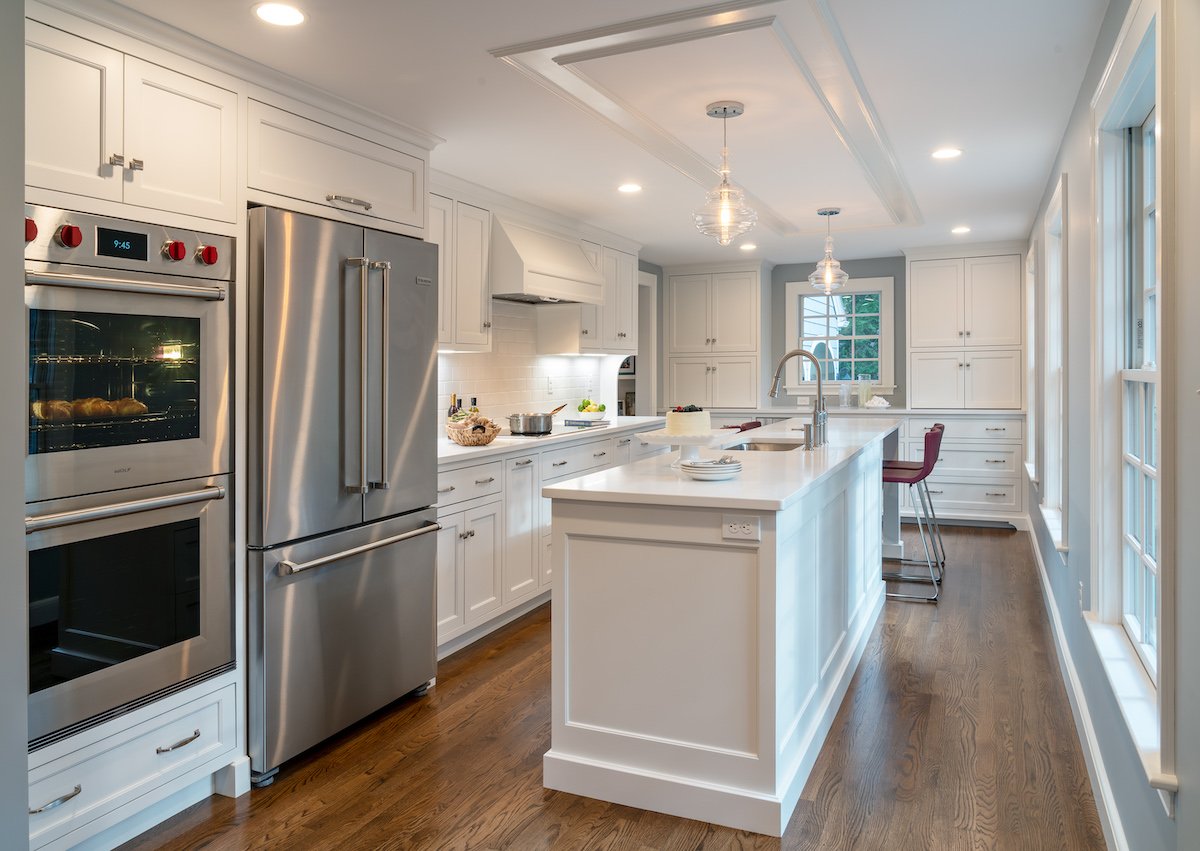
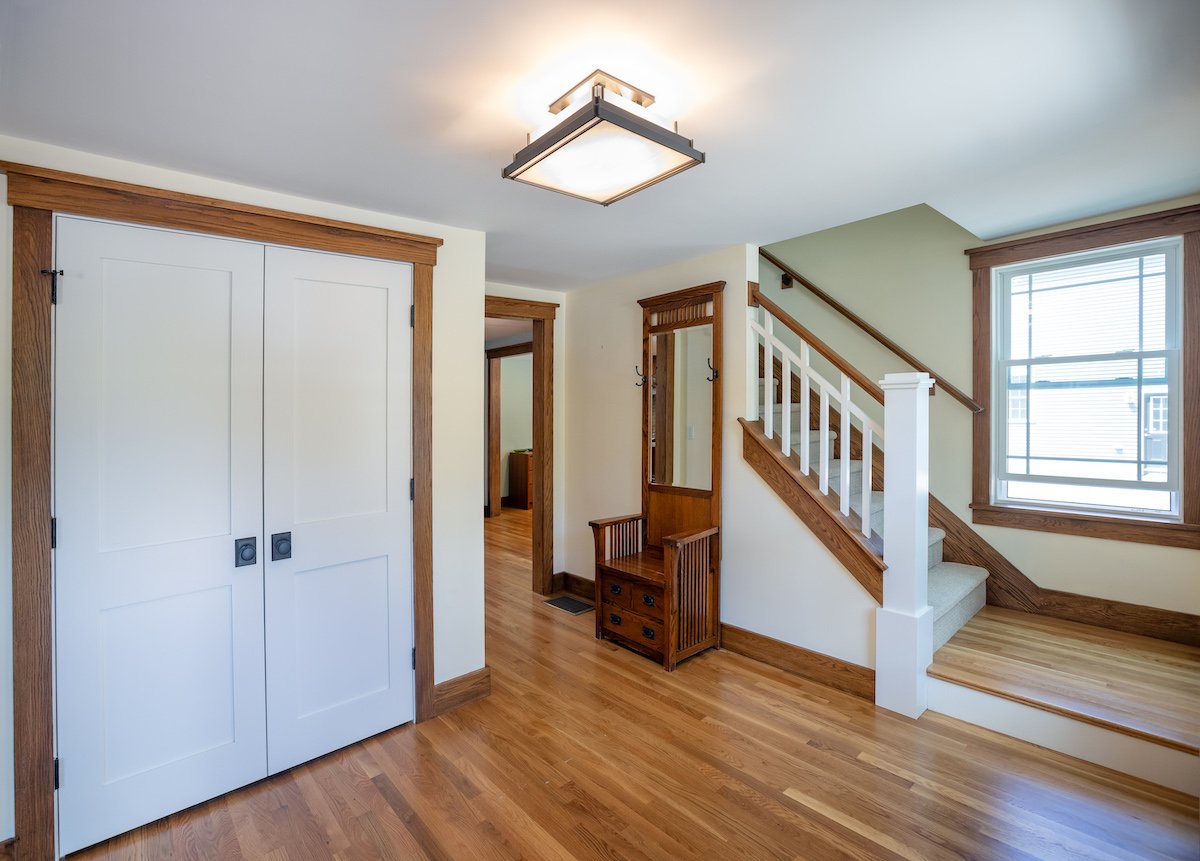
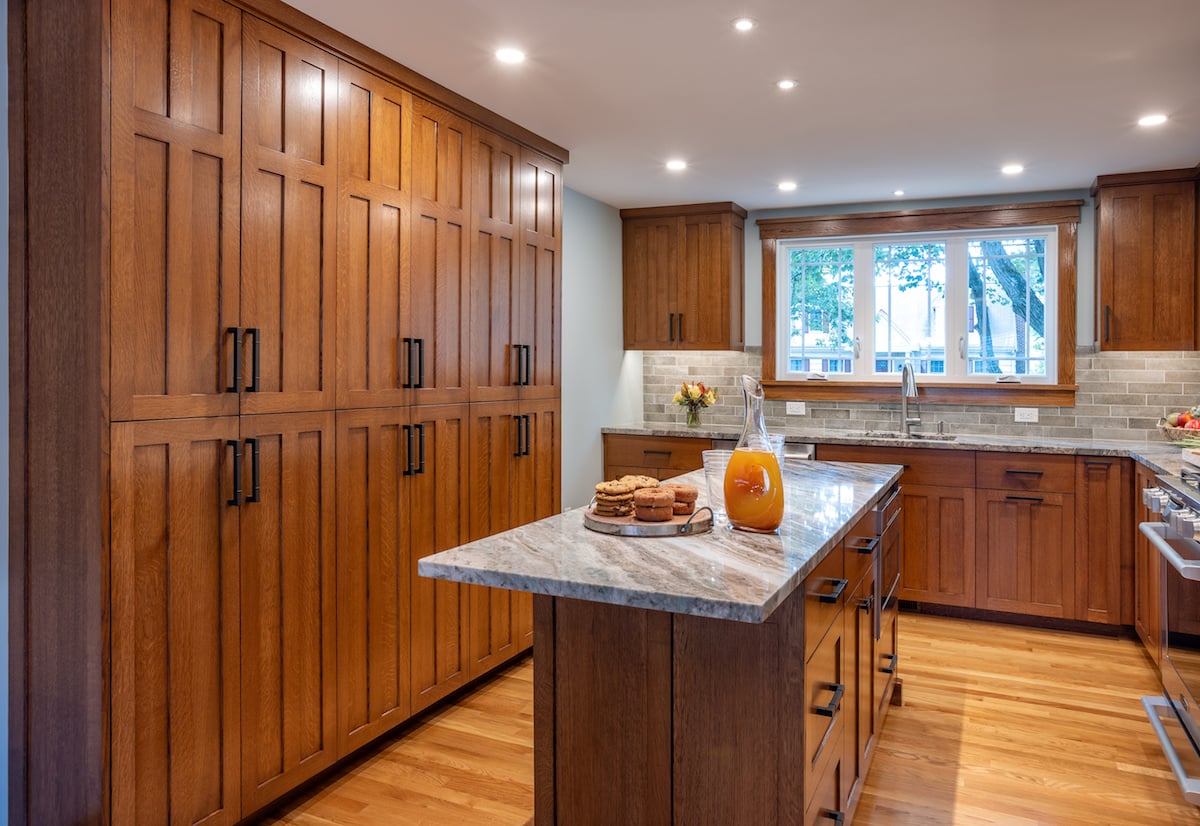



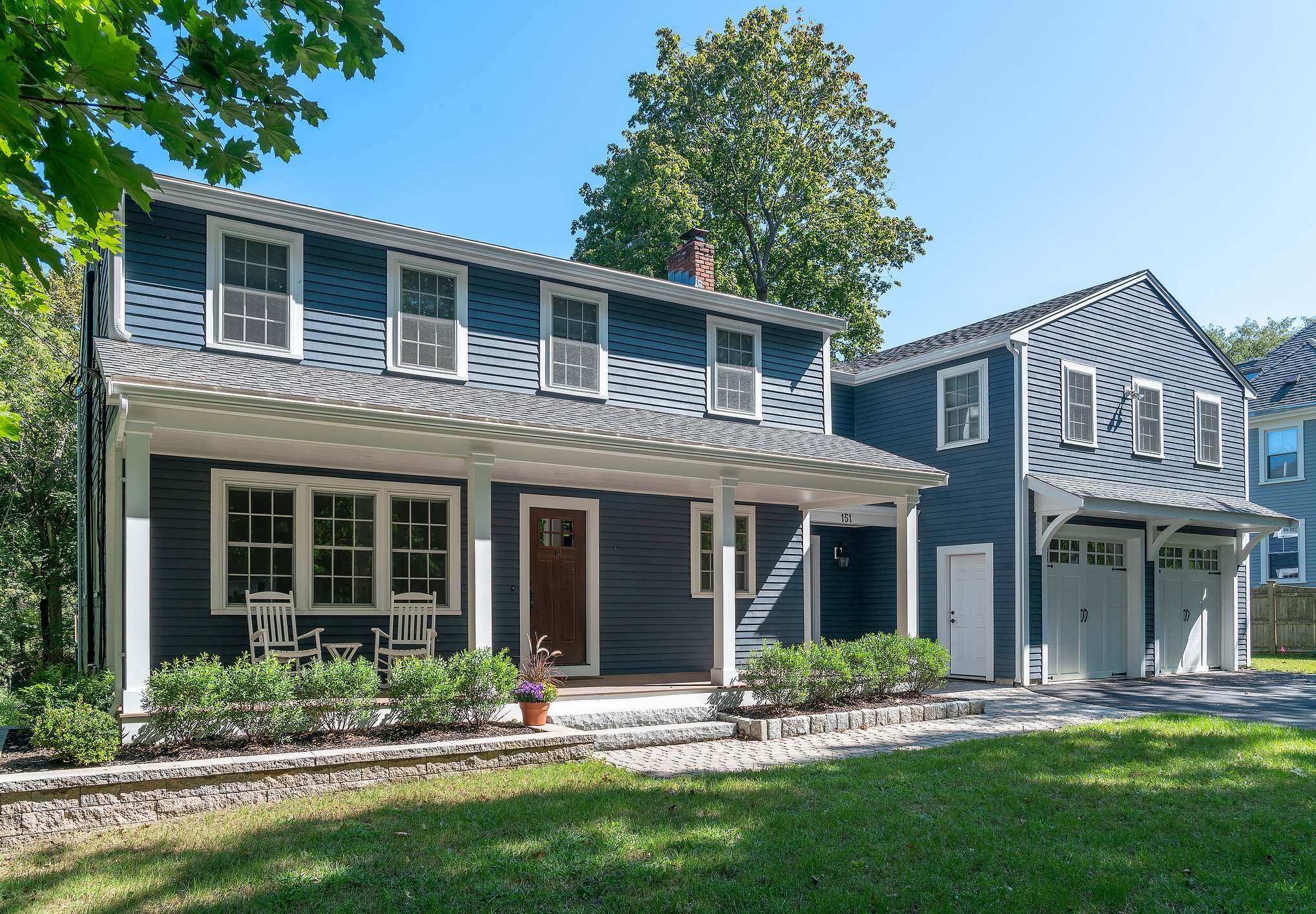





Leave a comment